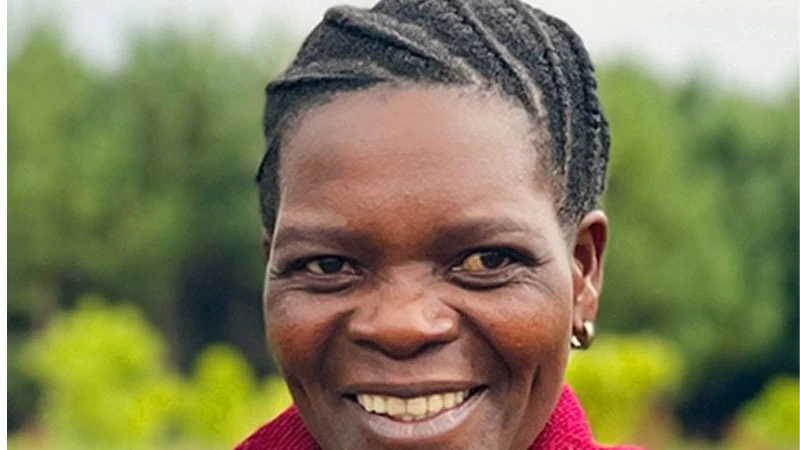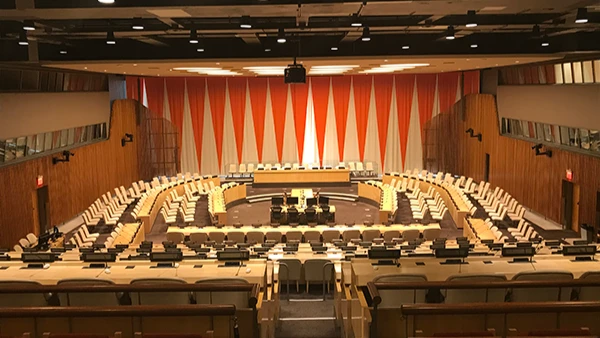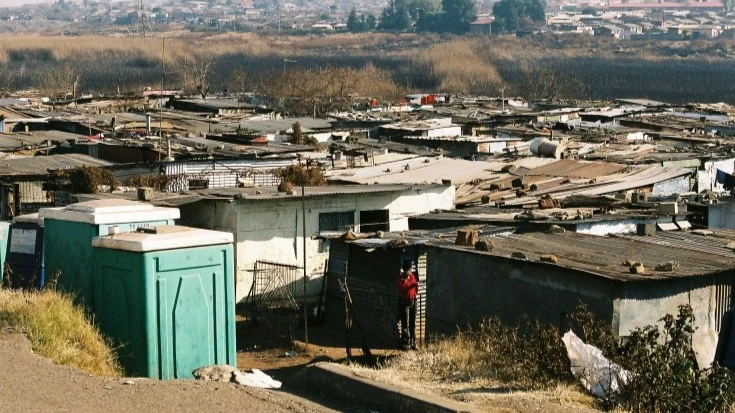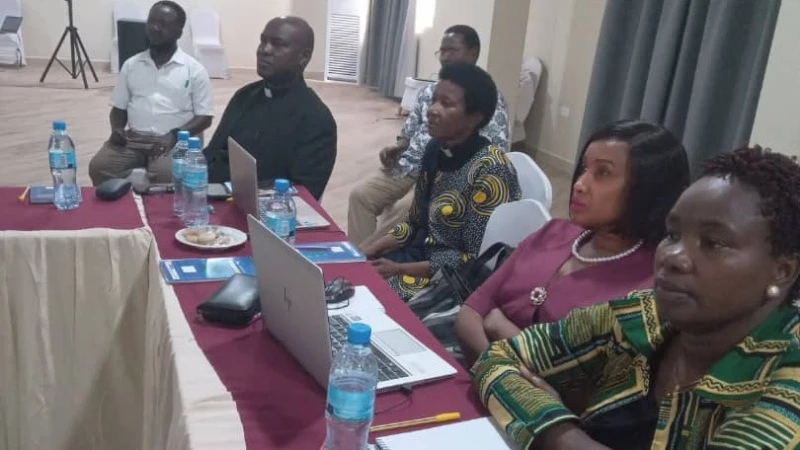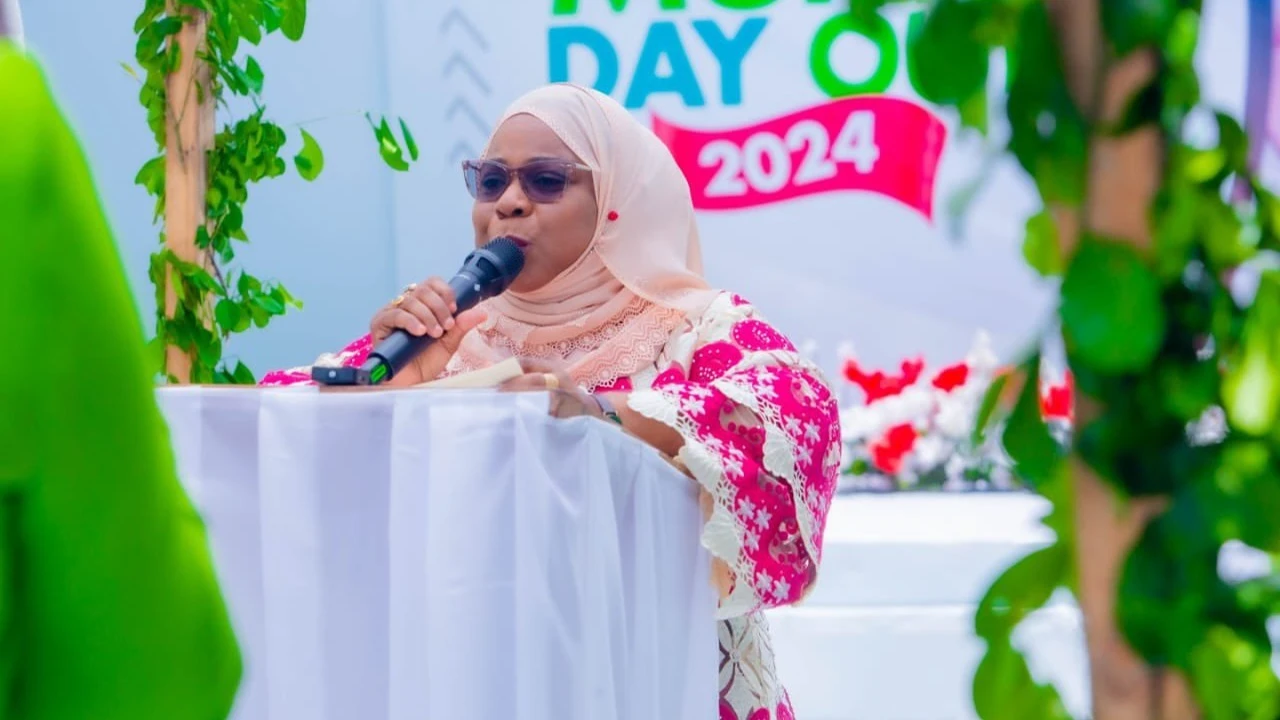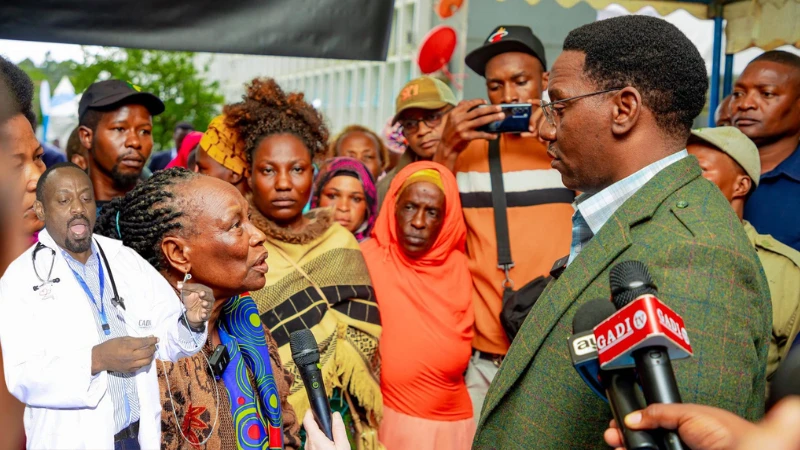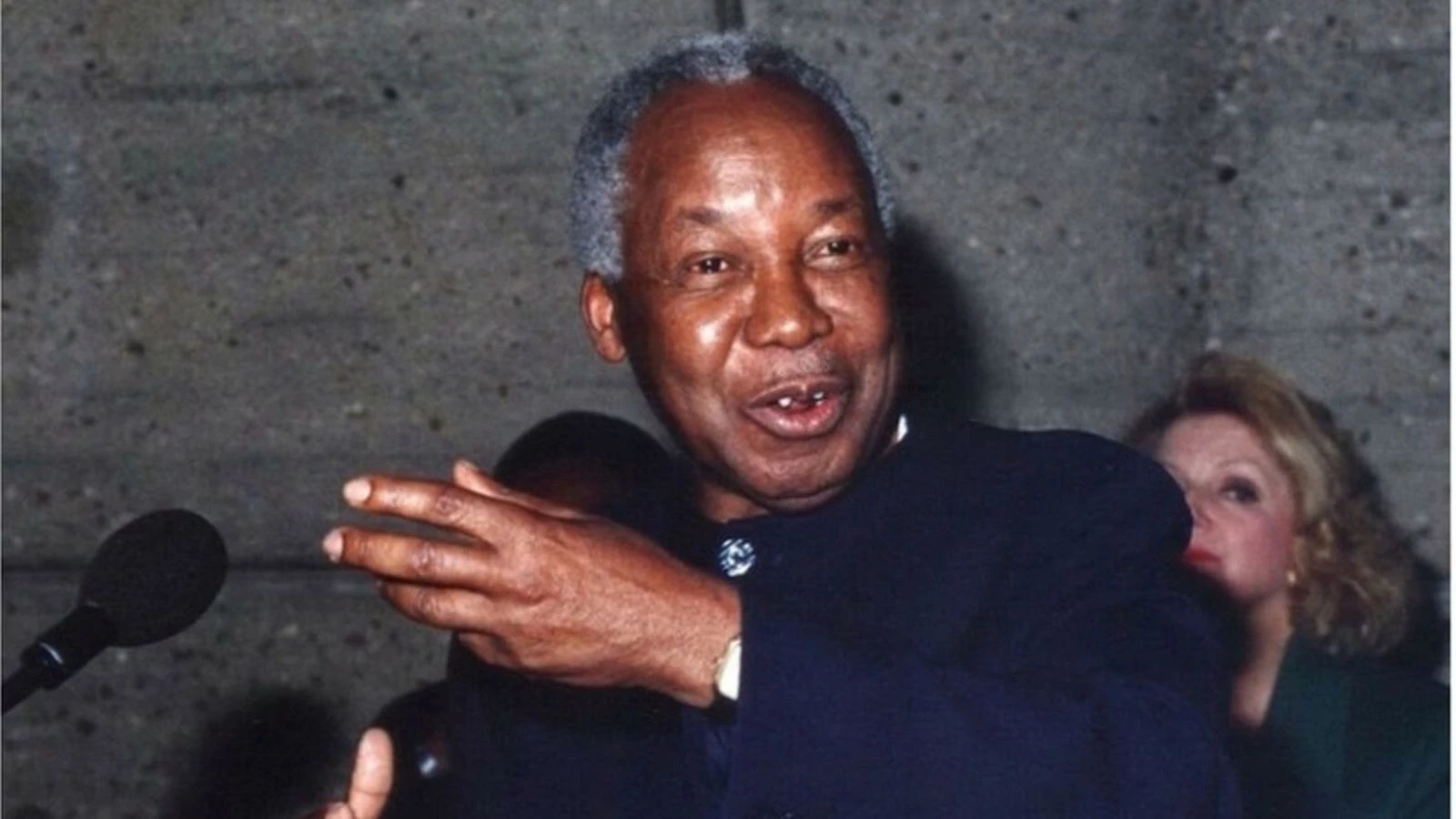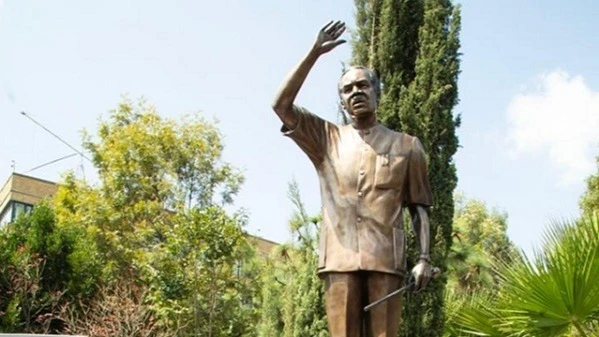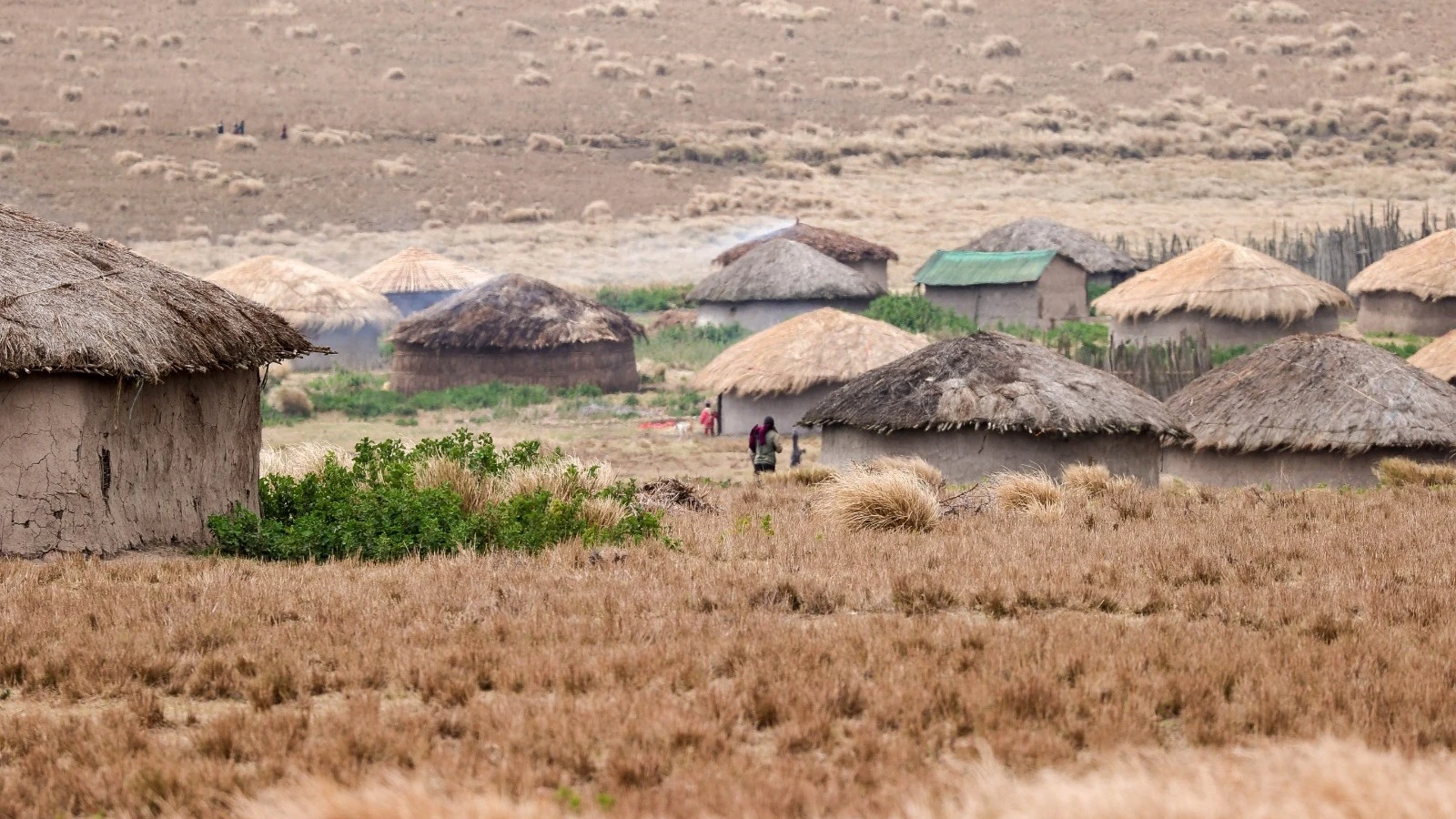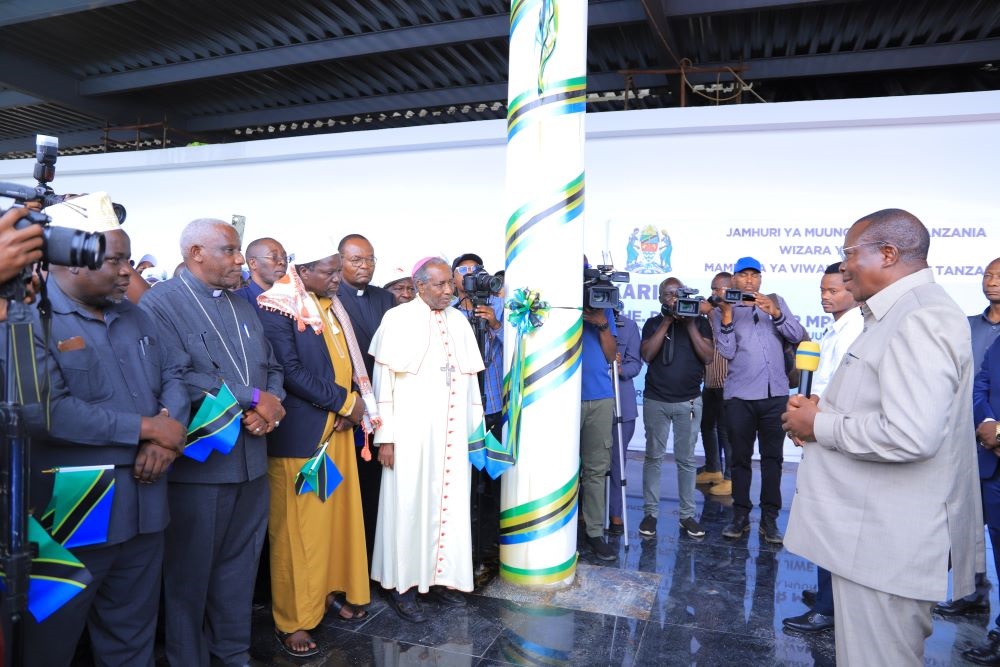Nyerere dreams lives on: Conserving Ngorongoro through bold action, community empowerment
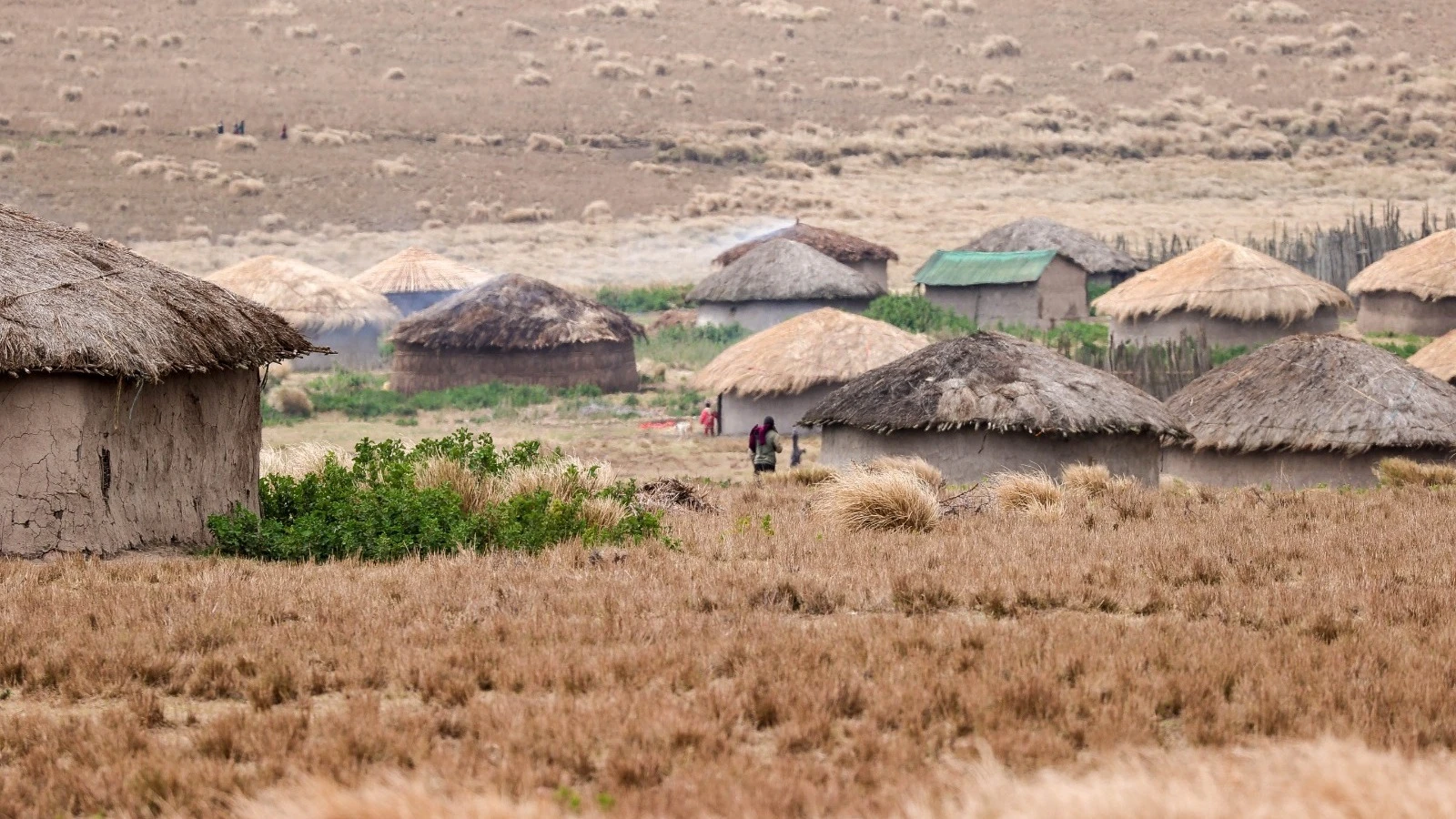
IN the rolling highlands of the Ngorongoro Conservation Area (NCA), a majestic landscape has witnessed centuries of coexistence between humans and wildlife. Mwalimu Julius Kambarage Nyerere, in his visionary Arusha Manifesto of 1961, emphasized the significance of protecting Africa's natural resources—not just for wildlife but for humanity itself.
He declared that ‘the survival of our wildlife is a matter of grave concern to all of us in Africa”.
Today, that message rings true as the government takes decisive actions to ensure the Ngorongoro Conservation Area remains one of the world's most cherished and unique UNESCO World Heritage Sites.
The recent resettlement program initiated by the government, which resettles the pastoralist’s communities from Ngorongoro to areas like Msomera and other selected locations in Monduli, Meatu and Simanjiro districts, is not merely a shift in residence.
It represents a significant step in safeguarding the future of this extraordinary place. Without this bold intervention, Ngorongoro risks losing its irreplaceable identity—transforming from a world-renowned sanctuary of natural beauty into just another “hole,” a barren land like countless others across the globe.
This is a call to preserve a global treasure for future generations and ensure the Maasai and Datoga play an active role in shaping a more sustainable and prosperous future. Ngorongoro’s uniqueness lies in its unparalleled biodiversity, where lions, elephants, and rhinoceroses roam freely alongside herds of wildebeest.
This rich wildlife attracts visitors from all over the world, fueling Tanzania’s tourism industry and providing a source of livelihood for many.
However, over the years, the pressures on this delicate ecosystem have increased, rapid population growth, rising demands for land, and human-wildlife conflict have pushed this natural paradise to a critical tipping point.
The government’s resettlement programme is a reflection of a necessary evolution in how we care for both our people and our environment.
It is a proactive measure, not only to ensure the survival of Ngorongoro's wildlife but to create opportunities for the Maasai and Datoga communities to thrive in new, better-equipped environments.
Without this initiative, the very essence of Ngorongoro—its natural beauty, cultural significance, and global heritage—could be lost, leaving behind a void that can never be filled.
For generations, the Maasai and Datoga have lived alongside wildlife, forging a deep connection with the land, and their traditions, anchored in pastoralism, have shaped their identities and livelihoods.
However, the world is changing, and the need to adapt has become increasingly urgent. Resettlement offers these communities a chance to build a future that not only respects their heritage but also equips them with modern resources and opportunities.
In places like Msomera, where new homes are being provided, Maasai and Datoga families are being offered access to better infrastructure, healthcare, education, and opportunities for alternative income generation.
The government has committed to ensuring these communities have the tools to thrive while still retaining their cultural identity. For the Maasai and Datoga, this is not a forced abandonment of their way of life—it is a step toward a brighter, more secure future.
As Mwalimu Nyerere would have advocated, the Maasai and Datoga, by accepting the government's offer of resettlement, are not surrendering their traditions but evolving alongside their environment, embracing change as essential for progress.
They are becoming guardians of both their heritage and the precious wildlife of Ngorongoro, ensuring that future generations will continue to benefit from the treasures of this land. Ngorongoro is more than a physical space; it is a symbol of Tanzania's commitment to conserving its natural and cultural heritage.
As a UNESCO World Heritage Site, it stands as a testament to the global significance of Tanzania's natural beauty. Yet, if we do not act now to restore the balance between human activity and nature, Ngorongoro could become just another ordinary land, its glory lost to overgrazing, land degradation, and dwindling wildlife populations.
By resettling communities to less fragile areas, the Tanzanian government is acting in the spirit of Mwalimu Nyerere’s philosophy of responsible stewardship. Nyerere believed that Africa’s resources should be preserved not only for the benefit of current generations but for the future as well.
The resettlement program reflects this philosophy, protecting Ngorongoro’s ecosystem while ensuring that the people of Tanzania can continue to benefit from its existence.
For the Maasai and Datoga, this is a chance to contribute to the restoration of one of the world’s greatest natural wonders. Moving to new areas, they are not just leaving behind their land; they are playing an essential role in saving it.
Ngorongoro, without the pressure of human activity, can once again flourish as a pristine sanctuary for wildlife, attracting tourists from all over the world and ensuring that Tanzania remains a global leader in conservation.
The government’s resettlement program is not about exclusion; it is about inclusion—ensuring that every Tanzanian has a stake in preserving the nation's natural heritage.
The Maasai and Datoga are vital partners in this effort, and their involvement in conservation efforts, eco-tourism ventures, and sustainable land management practices will be crucial to the success of this initiative.
In their new homes, these communities will be equipped with modern resources that can improve their quality of life while allowing them to continue contributing to Tanzania’s economic and cultural vitality.
Access to modern healthcare, education, and infrastructure will open up new horizons for the Maasai and Datoga, empowering them to pursue opportunities that were previously out of reach. At the same time, their traditions can be preserved and celebrated in ways that foster mutual understanding between cultures.
Eco-tourism projects, for example, could provide a platform for the Maasai to share their heritage with visitors, turning their cultural knowledge into a source of pride and income.
In the face of these changes, it is natural for communities to feel uncertain about the future. But as Mwalimu Nyerere often reminded us, progress is born from unity and collective action. The resettlement programmr is not a sacrifice; it is an opportunity for growth—both for the Maasai and Datoga and for the Ngorongoro Conservation Area itself.
Ngorongoro is a global treasure, and its preservation is a matter of pride not only for Tanzania but for the entire world. By embracing the government’s resettlement program, the pastoralist’s communities have the power to secure the future of this iconic land, ensuring that it remains a place of wonder and inspiration for generations to come.
In doing so, they are not only protecting the natural world but also forging a path toward a more sustainable, prosperous, and harmonious future for themselves and their children.
The time to act is now—before Ngorongoro becomes just another ordinary land, stripped of its magic. Together, we can restore its beauty, preserve its wildlife, and honour the legacy of Mwalimu Nyerere, who believed that the well-being of people and nature are forever intertwined.
Top Headlines
© 2024 IPPMEDIA.COM. ALL RIGHTS RESERVED


